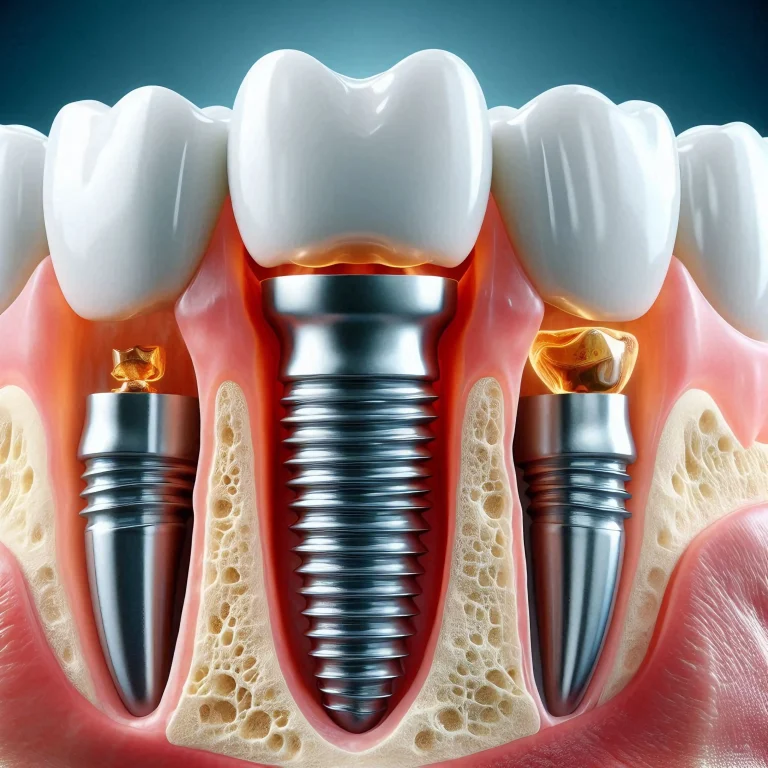The Benefits of Osseointegration
The many benefits that come with dental implants are all a result of the process of osseointegration, which occurs during the healing period of the implant process. Not many people are aware, but the jawbone is actually able to naturally regenerate bone tissue. When an implant fixture is placed, it strains the jawbone, causing this regeneration process to begin. Because titanium is biocompatible, this new tissue will actually grow along the implant fixture, fusing with it just like it would with a natural tooth. Each implant fixture is also covered in small holes, which this new tissue will thread itself through.
Thanks to osseointegration, dental implants have many unique benefits. Because of the small holes in the implant fixture, the new tissue threaded through these holes will pull your implant into place, holding it there permanently. This means that your implant fixture will never get loose or move out of place. An added benefit of this is the fact that you will never need to remove your implants for cleaning. In fact, you will simply brush and floss your implants like you would your natural teeth. You will also want to be sure to attend your regularly scheduled cleanings and checkups. Even with this minimal amount of care, your dental implants have the potential to end up lasting you the rest of your lifetime.
Schedule an appointment



